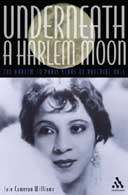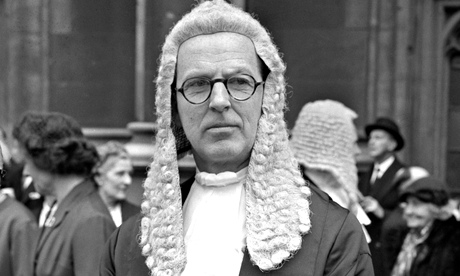The "first lady of Fleet Street" was Rachel Beer who, towards the end of the 19th century, improbably edited both the Sunday Times and the Observer at the same time. This book tells her story; her happy marriage to Frederick Beer, who owned the papers, and her devastating decline after his death. But there is much more, for she was born a Sassoon (Siegfried was her nephew) and the book follows this astonishing family from its roots in Baghdad. From there the patriarch David Sassoon (pictured in a turban) went to India, and made a fortune exporting opium; he got on terrifically with the Raj – indeed, becoming an "imagined Briton". He sent his sons abroad to make their fortunes and Rachel's father, known as SD, came to Britain.
Much of the first part of the book is taken up with the situation of Jewish families in Europe in the 19th century: most rulers had a "court Jew", indispensable and powerful, who nonetheless had to return every evening to the ghetto. By the time SD was settling in Britain, things were a good deal easier for prosperous Jews on these shores; the Beer family, which came from Frankfurt, was involved in transport and, in particular, with the submarine technology that was to enable the Prince of Wales in 1870 to send a telegram to the Viceroy of India and get an answer in four minutes. Julius Beer's wealth enabled him to own the Observer, which he passed on to his son Frederick Beer, who eventually married Rachel.
Rachel initially trained as a nurse, uninterested in the horde of suitors she thought were probably just after her money, though her striking good looks would have brought her attention anyway. Frederick Beer was even richer than she was; they were also, the book says, "very much in love". They came from the same rich Jewish background, but were both baptised and married in a church, which alienated them from a good many of their kin. To begin with, Rachel was happy to be a society hostess, raising money for charities in which she was often deeply involved. But she began to be interested in journalism and to voice her opinions about her husband's newspaper, even going into the offices of the Observer and interfering with the editorial content – two of the editors resigned as a result. In 1894 Frederick bought the Sunday Times and gave it her to edit.
Here she was in her element, writing leaders as well as editing. At a time when women journalists – there were plenty, even then – were expected to stick to "feminine" subjects, she was involved with everything, in spite of having to do without the contacts and gossip her male rivals could pick up in Parliament and their clubs. She keenly followed, for example, the Dreyfus case – she fervently supported Zola.
For a while she and Frederick enjoyed an amicable rivalry between the two parts of their shared interest; it was not to last. Frederick became seriously ill and Rachel had to take over the Observer as well as the Sunday Times, while keeping up all her other activities – entertaining, supporting charities – and caring for him. It was a heroic effort, but it knocked the stuffing out of her, and when he finally died she put up no resistance when the Sassoons and various "experts" (including a highly suspect doctor who was the model for Virginia Woolf's evil Dr Savage) declared her of unsound mind. From then until the end of her life she lived in seclusion, well cared for in a vast house, but divorced from all her previous interests while others took over the running of the two papers: they were men, of course – as they have been till this day.
Katharine Whitehorn's Selective Memory is published by Little, Brown.








